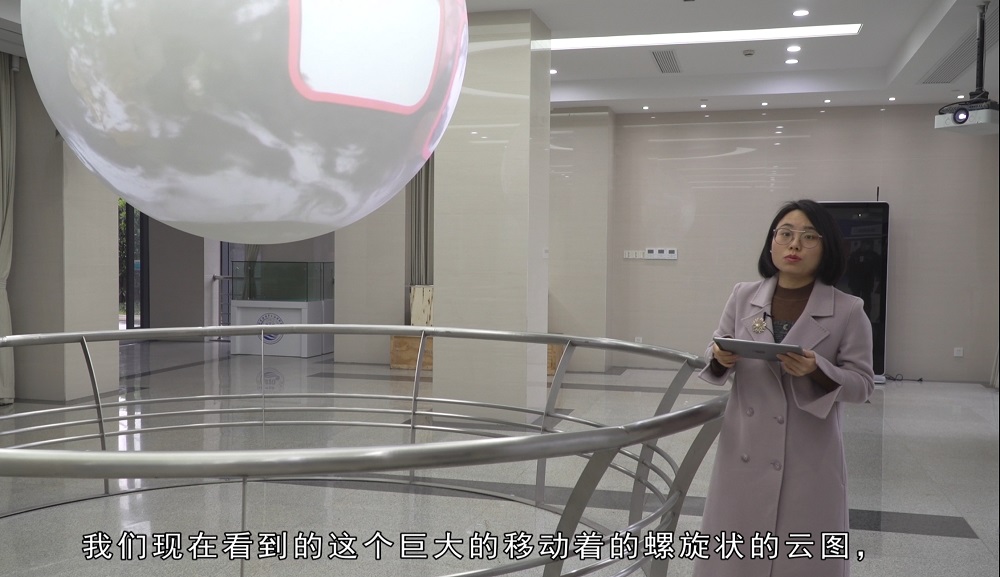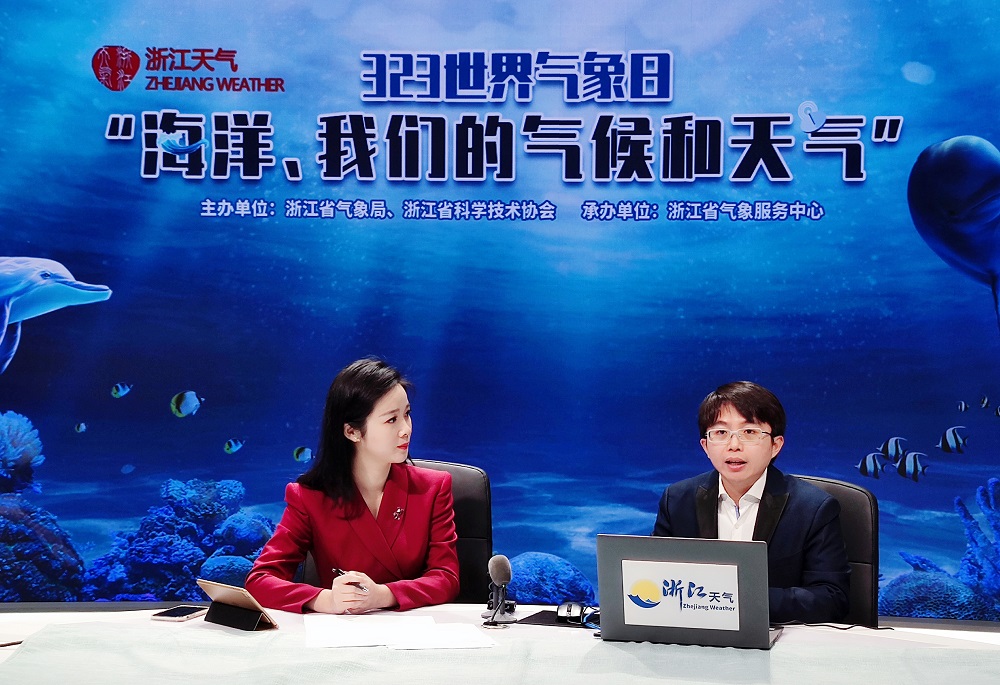Newsphoto



March 23, 2021 was the 61th World Meteorological Day. This year’s theme was “Ocean, Our Climate and Weather”. In March, young scientists from State Key Laboratory of Satellite Ocean Environment Dynamics (SOED) actively participated in the science popularization activity organized by Zhejiang Meteorological Bureau and Zhejiang Association for Science and Technology to popularize meteorological and marine knowledge to the public.
Associate Researcher Zhang Han made a science popularization report in the event “Ocean on the Left, Climate on the Right”. This event was one of the “science+” series of themed events. It was based on Zhejiang Association for Science and Technology’s “science+” WeChat matrix, online media, metro TV, etc. Combined online and offline, the event aimed to raise public’s awareness of issues, for example, “the impact of climate change and ocean research on human life”. In the report, Zhang Han introduced to the public the structural characteristics and impacts of typhoons, and made detailed description on scientific issues such as the distribution of typhoons in the world, the typhoons’ paths that impact our country, how to observe the state of the atmosphere and oceans during typhoon occurs, the relationship between oceans and typhoons, etc. At the end of the event, Zhang Han demonstrated the charm of science to the public by telling a funny story entitled “Can We Control Typhoon”. The number of online visits to the event reached 434,000.
On the Meteorological Day, Associate Researcher Wang Yuntao and Associate Researcher Liu Ting were invited to the broadcast event “Small Stadium, Big World”. Liu Ting introduced the denomination and prediction of typhoon through dome film display system “Little Ball, Big World”, and described the structure of typhoon in the form of animation. Wang Yuntao introduced the main exploration methods and new observation technologies in the marine field. Also, combined with recent sandstorm phenomenon, he popularized knowledge on protecting marine ecology. More than 1.1 million people watched this science popularization event online.



